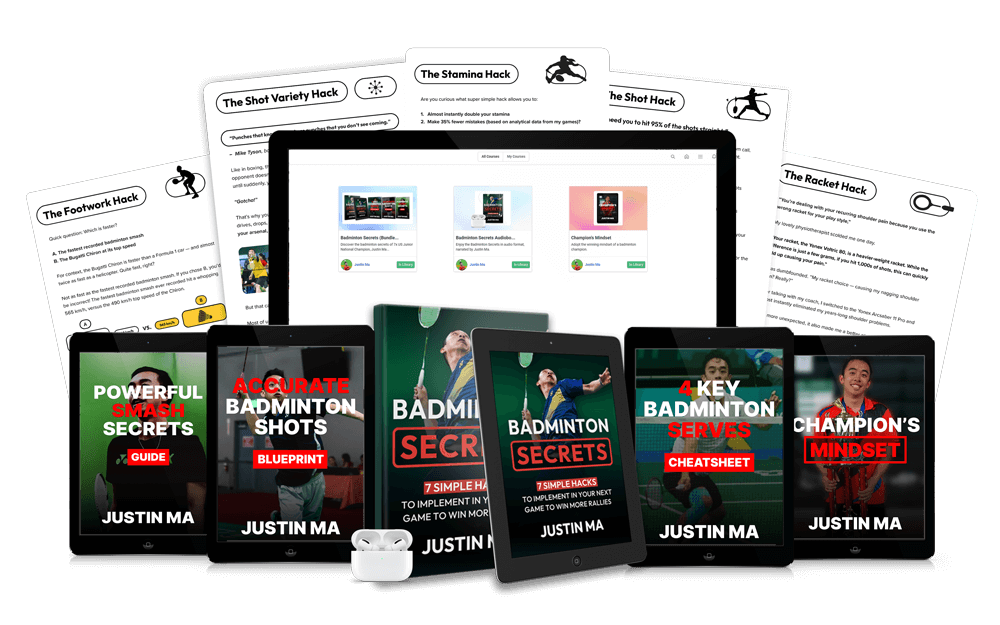By Justin Ma, 7x US Junior National Badminton Champion.
Last updated December 20, 2023
·
3 min read

Are you gearing up for badminton, but can’t decide between feather vs. nylon shuttlecocks? Whether you’re after better performance or more durability, each option has its own pros and cons.
Here’s what you need to know about feather vs. nylon shuttlecocks, complete with some top recommendations to help you get the most bang for your buck.
A shuttlecock (also called a shuttle or birdy) is an aerodynamic object used to play badminton. It’s lightweight and fast — with speeds reaching a whopping 306 miles (or 493 km) per hour.
A shuttle’s material is one major factor that impacts its speed and durability. Feather shuttles tend to be less durable with better performance, while nylon shuttles can last longer but might not fly with as much speed.
Ultimately, you can find high-quality versions of both — as long as you know what to look for. The manufacturer and design play a big role in performance, so it’s always a good idea to read reviews before you settle on any particular brand.
Nylon shuttles are most commonly used in schools, casual badminton matches, and small badminton clubs. The main pros of using a nylon shuttle include:
But what about the downsides? Plastic shuttles:
When it comes to nylon shuttles, some top options include:
Feather shuttles are mostly made of goose or duck feathers. They’re consistent, lightweight, and faster than nylon birdies — and for these reasons, they’re the go-to shuttles at high-level competitions and tournaments.
But what exactly are the pros and cons of using feather shuttles? On the plus side, they:
As for cons, feather shuttles tend to be:
When it comes to feather vs. nylon shuttlecocks, it all comes down to what you want to get out of them.
Feather shuttles are pricier but better for advanced play, while nylon shuttles tend to be cheaper and more durable.
Ultimately, feather shuttles have a faster, smoother flight path — which is why it’s always good to at least practice with them if you plan on joining a tournament. But if you need a shuttle that can withstand impact game after game, then nylon shuttles can be a great option in the meantime.
